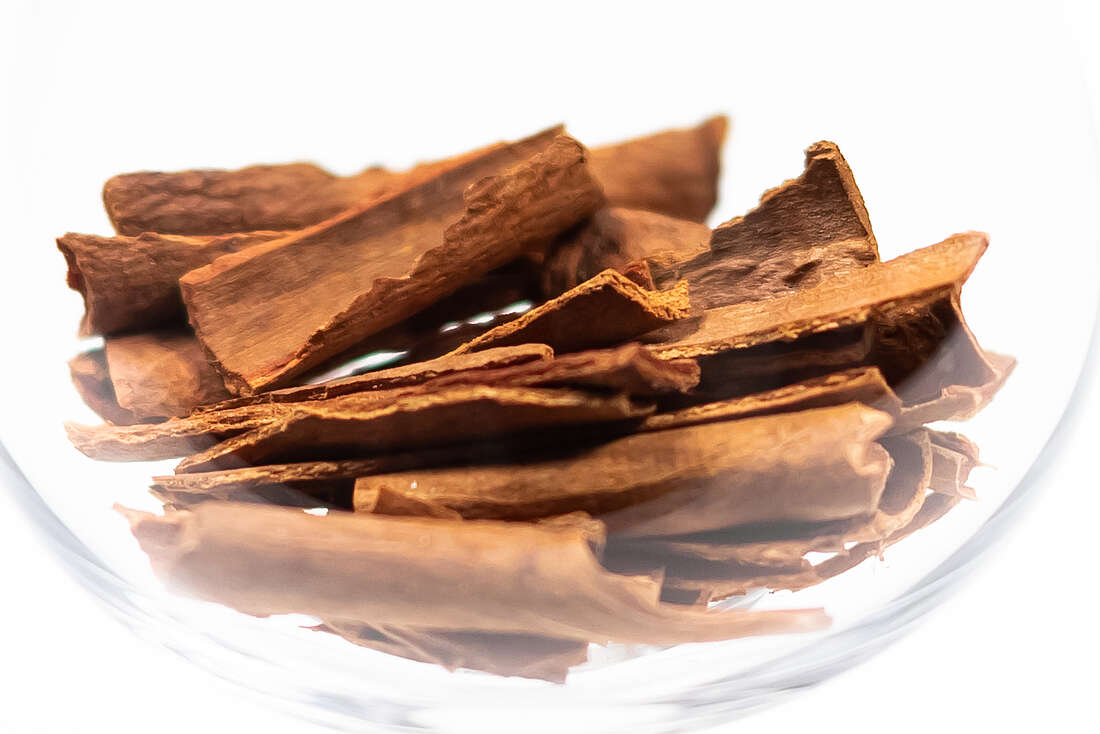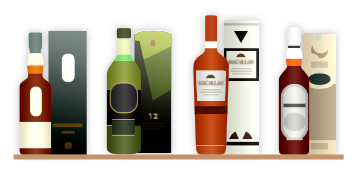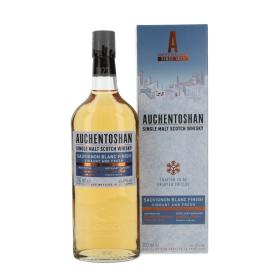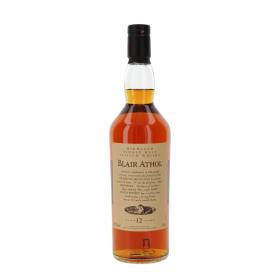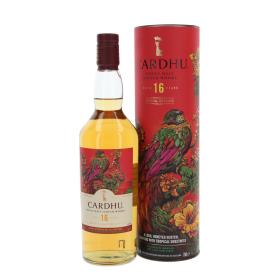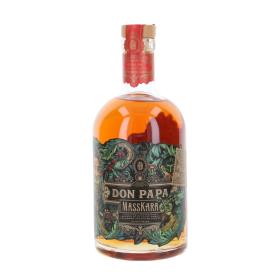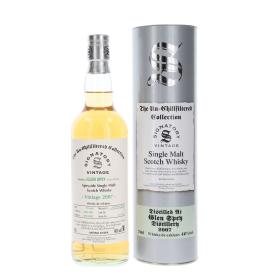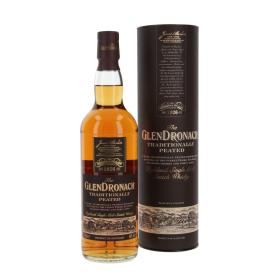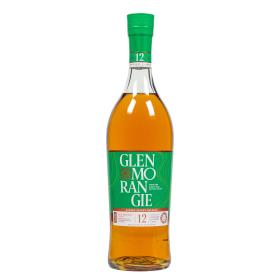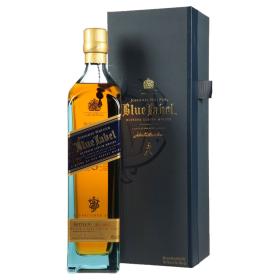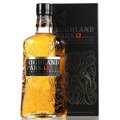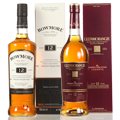Cinnamon, discovered in India 4000 years ago, is a versatile spice with many names. The bark of the cinnamon tree is processed into sticks and dried, while cinnamon oil is extracted from the branches and leaves. Besides its use as a spice, cinnamon is being researched in medicine. The main cultivation areas are in Asia, with Ceylon cinnamon as the high-quality variety. In gin production, cinnamon is dosed sparingly at 0.1 kg per 100 litres. Its taste is sweetish, woody and spicy.
Background
The use of cinnamon as a spice has been known for a very long time. It was discovered in India around 2000 BC and is known by many other names: Zimmet, Kaneel, Ceylon cinnamon, Cimerinten, Cinamein, Cymetrenen, Cynmay, Czimarind, Zimbet, Zimmantrinde, Zinmend, Zimmerrörlein,, Zinemin, Zymet, Cincimen, Cinciment, Cinment, Rindeken, Synamin, Kneel. And this is far from all the names that have been given to cinnamon over the centuries.
Use of cinnamon plant
Mainly the bark of the cinnamon tree is used. It is cut from the branches and twigs and rolled into the typical cinnamon sticks. These are then dried and usually finely ground.
Cinnamon oil can also be extracted from the branches and leaves. This is done by steam distillation of the remains after debarking.
Cinnamon was already used as a medicine in the past. In today's medicine, cinnamon is tested as a regulator of blood sugar and blood lipid levels. Its effectiveness has not yet been fully proven.
Furthermore, cinnamon is used as an essential oil and as an incense.
Growth area and origin
The main cultivation areas are in Asia and produce almost the entire world production of cinnamon. The main share of cinnamon that reaches Germany is mostly of low quality but high flavour intensity.
Ceylon cinnamon is a very high-quality type of cinnamon. It has a very low coumarin content, which makes it much more suitable for consumption than the cheap cassia cinnamon, which should be dosed sparingly.
Dosing and distillation
Due to its high intensity, cinnamon is also only dosed low in gin. The normal dose in gin production starts at 0.1kg per 100L. It is used ground, crushed or in stick form. The dosage of cinnamon is very specific, as other flavours come to the fore at higher intensities. A gin recipe with cinnamon needs a lot of intuition or several test runs.

